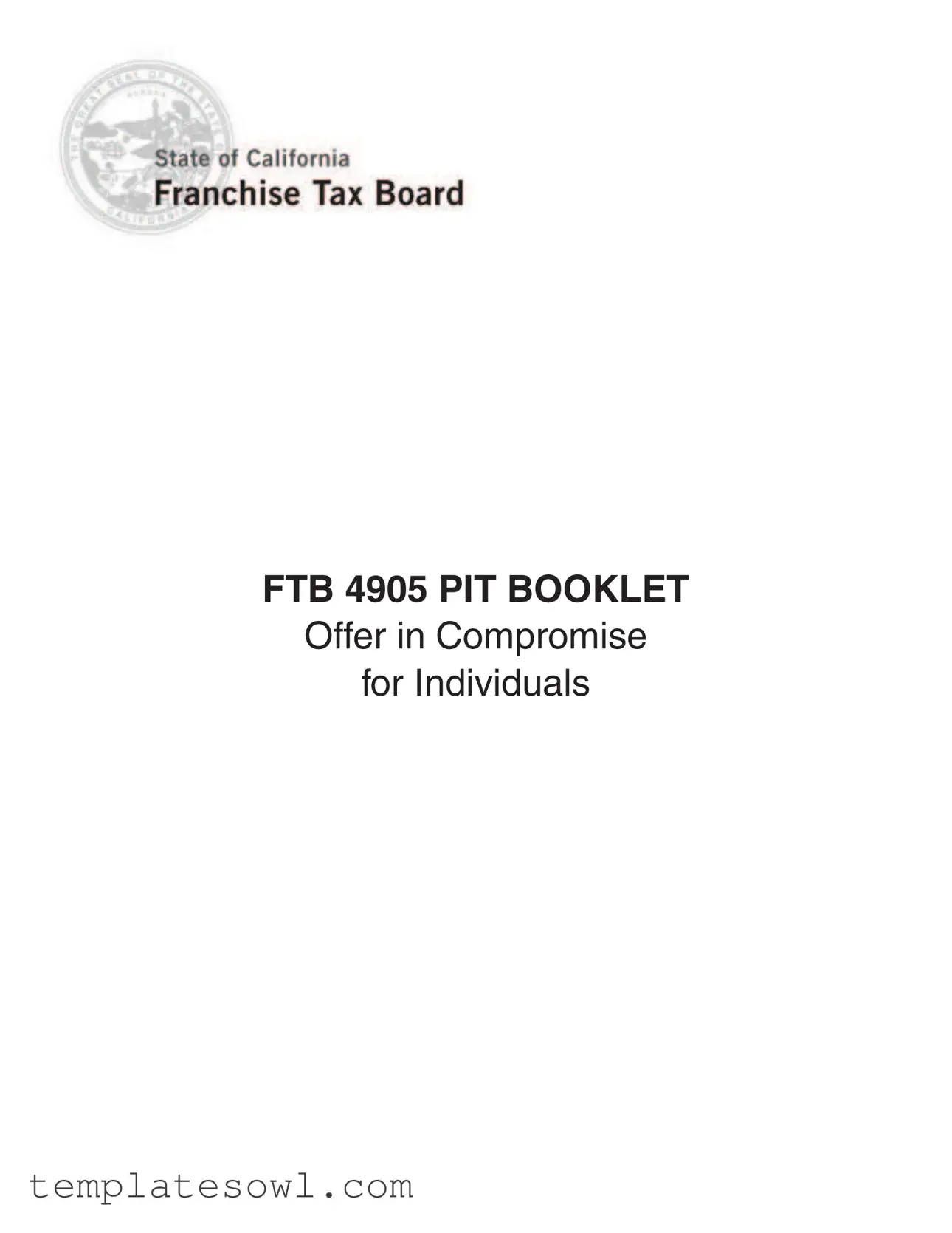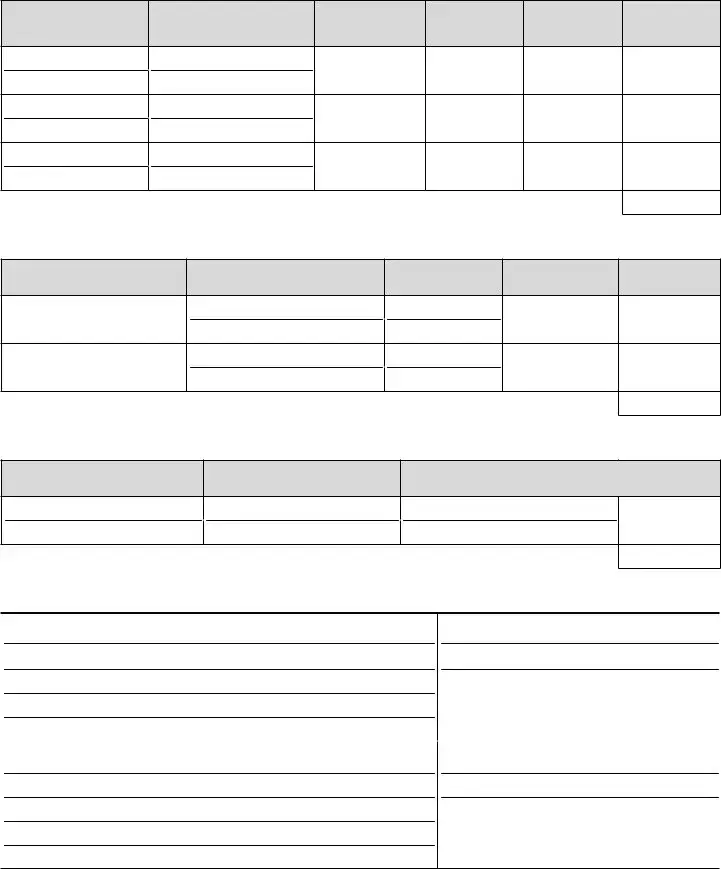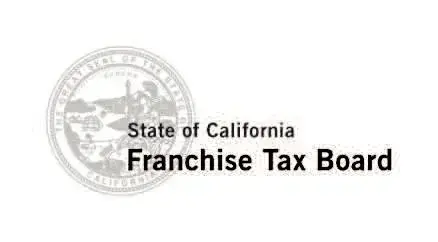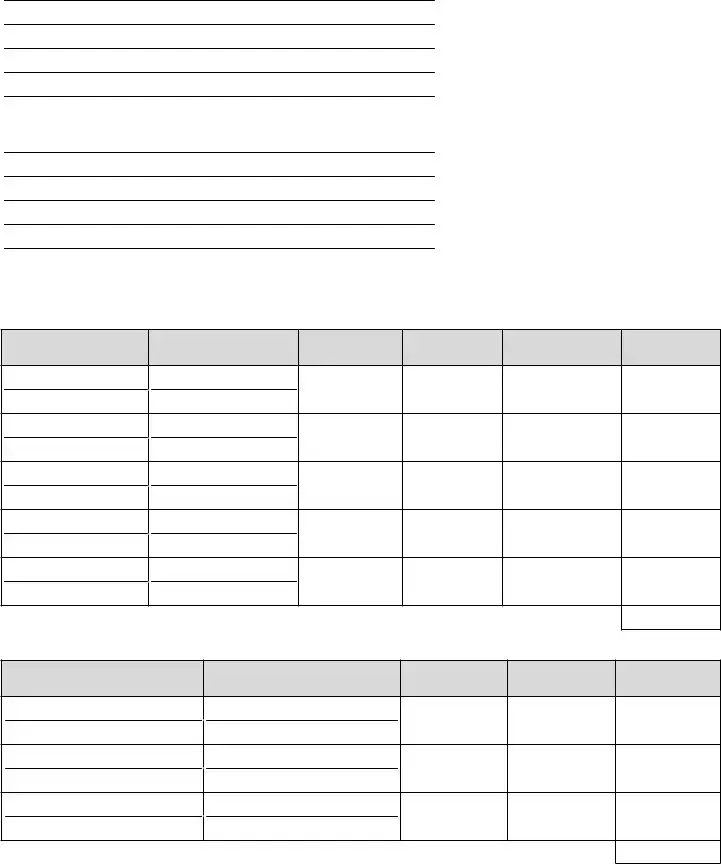What is the FTB 4905 form?
The FTB 4905 form, officially titled "Offer in Compromise for Individuals," is used by California residents to request a reduction in their tax liability. If you find it challenging to pay your full tax amount due to financial hardship or other valid reasons, this form allows you to propose a lesser amount for settlement. It serves as an opportunity for individuals to alleviate tax burdens when they cannot pay the full amount now or in the foreseeable future.
Who is eligible to file an Offer in Compromise using the FTB 4905 form?
Eligibility for an Offer in Compromise generally applies to individuals who lack the income and assets necessary to pay their tax liabilities. Factors considered include your current financial situation, future income potential, asset equity, expenses, and the likelihood of changing circumstances. If you believe you fit within these parameters, you might be eligible to file the form.
What documentation must be submitted with the FTB 4905 form?
When submitting the FTB 4905 form, it's crucial to include specific documents to avoid delays. Required items include verification of income for the past three months, documentation of expenses for the last three months, bank statements, investment account statements, current lease agreements, real property information, IRS OIC application details, legal documents, and any necessary medical information. Always submit copies and indicate any items that don’t apply to your situation.
Will submitting an Offer in Compromise stop collection activities?
Submitting the FTB 4905 form does not automatically halt collection efforts by the Franchise Tax Board. If the tax authority believes that delaying collection might hinder their ability to collect the taxes owed, they may continue their collection activities. It's important to remember that interest, fees, and penalties will continue to accrue until an agreement is reached or the tax is paid.
When should I submit the payment for my Offer in Compromise?
Do not send your offer amount with your application. You will only need to submit the payment when the Franchise Tax Board requests it. When you receive their request, ensure that you pay the required amount by cashier’s check or money order. Following proper procedures helps ensure that your application is processed smoothly.
What happens once my Offer in Compromise is approved?
If your Offer in Compromise application is approved, you may need to enter into a collateral agreement. This agreement often stipulates that if your earnings increase significantly during the five years following approval, you may need to pay back a portion—or all—of the original tax liability. This is a precaution to protect the state's interests while providing relief from immediate tax burdens.
Is it necessary to file all tax returns before submitting the FTB 4905?
Yes, it is mandatory that you file all required tax returns before your Offer in Compromise application can be processed. If you do not have any filing requirements, you should note this on your application. Having your tax returns filed demonstrates that you are compliant with tax laws and increases your chances of having your offer approved.
How does the Franchise Tax Board evaluate my Offer in Compromise?
The Franchise Tax Board evaluates offers based on various factors, including your ability to pay, the amount of equity you hold in assets, your current and anticipated future income, and your living expenses. Additionally, they consider the potential for changes in your financial situation. The goal is to determine whether the offered amount represents the maximum that can be reasonably collected.
What if my financial situation changes after I submit my application?
If your financial status changes after submitting the FTB 4905 form, it is important to communicate this to the Franchise Tax Board. Changes can affect your eligibility and the evaluation of your offer. Depending on the nature of the changes, your offer may need adjustments or reconsideration, so maintaining transparency can benefit your case.
Where do I send my completed FTB 4905 form?
Your completed and signed application should be mailed to the specified address on the FTB 4905 form. Typically, this is the Franchise Tax Board’s Offer in Compromise group. If you have any questions while completing your form or about the submission process, you can reach out to the FTB directly at the contact number provided on the application.







